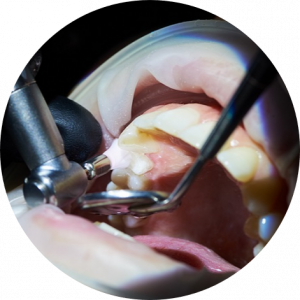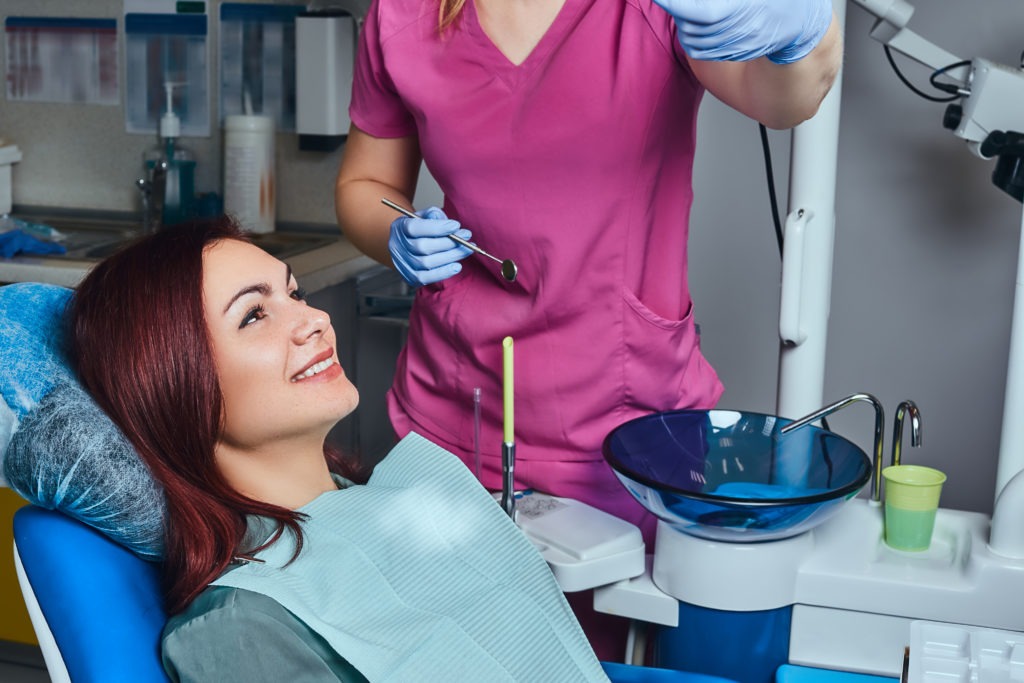Everyone wants that debonair smile, but having smoother, whiter teeth is a must to get you halfway there! Getting your teeth cleaned at the dentist is about as fun as rubbing your grandma’s feet, but it is necessary if you want that pearly white smile.
There are a couple of ways to clean teeth nowadays, including the traditional scale and polish, and a dentist or an orthodontist can do the procedure. Dental cleaning and polishing are used interchangeably but are actually different steps of the whole teeth cleaning process. Many practices offer dental polishing after the cleaning as well.
Cleaning Vs Polishing
Dental cleaning involves scaling the plaque and tartar from the surface and around the gumline of the teeth. Polishing is essentially the buffing process of the exterior surface of the tooth that removes stains and fixes minor imperfections. Its purpose goes beyond achieving a stain-free smile, but it also smooths the tooth surface to deter plaque build-up and reduce the chance of other dental problems.
Dental Cleaning Process
Dental woes, like tooth decay or gum disease, are what typically bring anyone into the dentist’s office because they have no other choice. This may be in part due to the worry that dental treatment will be painful. So why voluntarily go for a dental cleaning to be stabbed in the gums by a scalar?
Though there may be discomfort, the dental hygienist does not have a vendetta against you or your teeth. They are there to remove the grimness from your teeth and enhance that beautiful smile. To make you feel more secure, here is what actually goes on in a dental cleaning treatment.
- Examining the mouth: The first step involves the hygienist examining the mouth with a small handheld mirror to see if there are many major dental issues. If there is an issue present, the dentist will step in and correct it before commencing with cleaning.

- Removing plaque and tartar: Layers of plaque build up on the teeth and harden into a tough substance called tartar. In this step, an ultrasound scalar is employed to scrape off the tartar from around the gum line and interdentally.
- Flossing and rinsing: After having the plaque and tartar scraped off, the leftover debris is then rinsed out with a fluoride rinse. Flossing will ensue and then a repeated rinse.
- Protective fluoride treatment: The final step is the application of fluoride to the teeth.
Dental Polishing Process
Though polishing is an elective treatment, it can make you feel more confident about the appearance of your teeth. Polishing practices vary from clinic to clinic and just depend on the advancement of the technology and/or expertise of your dentist.
The common method typically uses a gentle rubber cup and polishing paste but in recent times, air polishing is seen as the new frontier. This method consists of a jet of compressed air, and water, and an abrasive agent is used to remove hard-to-clean stains from the teeth. Ultimately, you can decide with your dentist which method to stand by.

The general polishing procedure is conducted after the scaling process which tackles the teeth and gums. Your dentist uses a specialised tool that will buff and polish the surface of the teeth with the help of a mildly abrasive polishing paste.
For patients with tooth sensitivity or other oral issues, like exposed roots or diseased gums, this is a precaution that your dentist will be made aware of before starting any cleaning. These issues will have to be dealt with first so as to not cause further issues.
While professional cleaning is great for that extra gleam, it is not a replacement for your everyday dental routine. Your dentist will suggest how often you should get a scale & polish and as long as you exhibit good oral care, nothing can stop you from achieving that Colgate smile.

